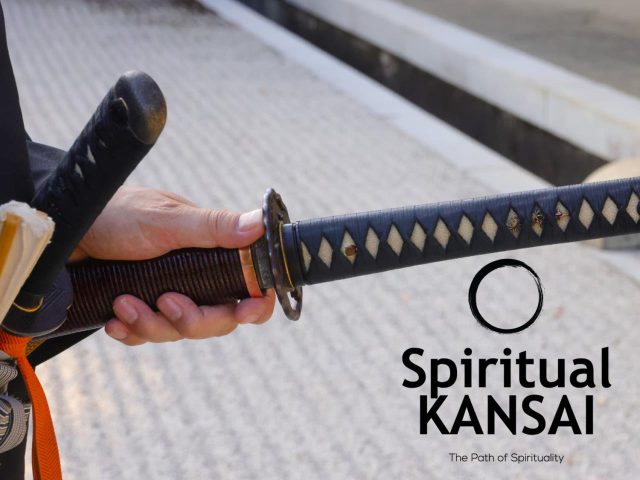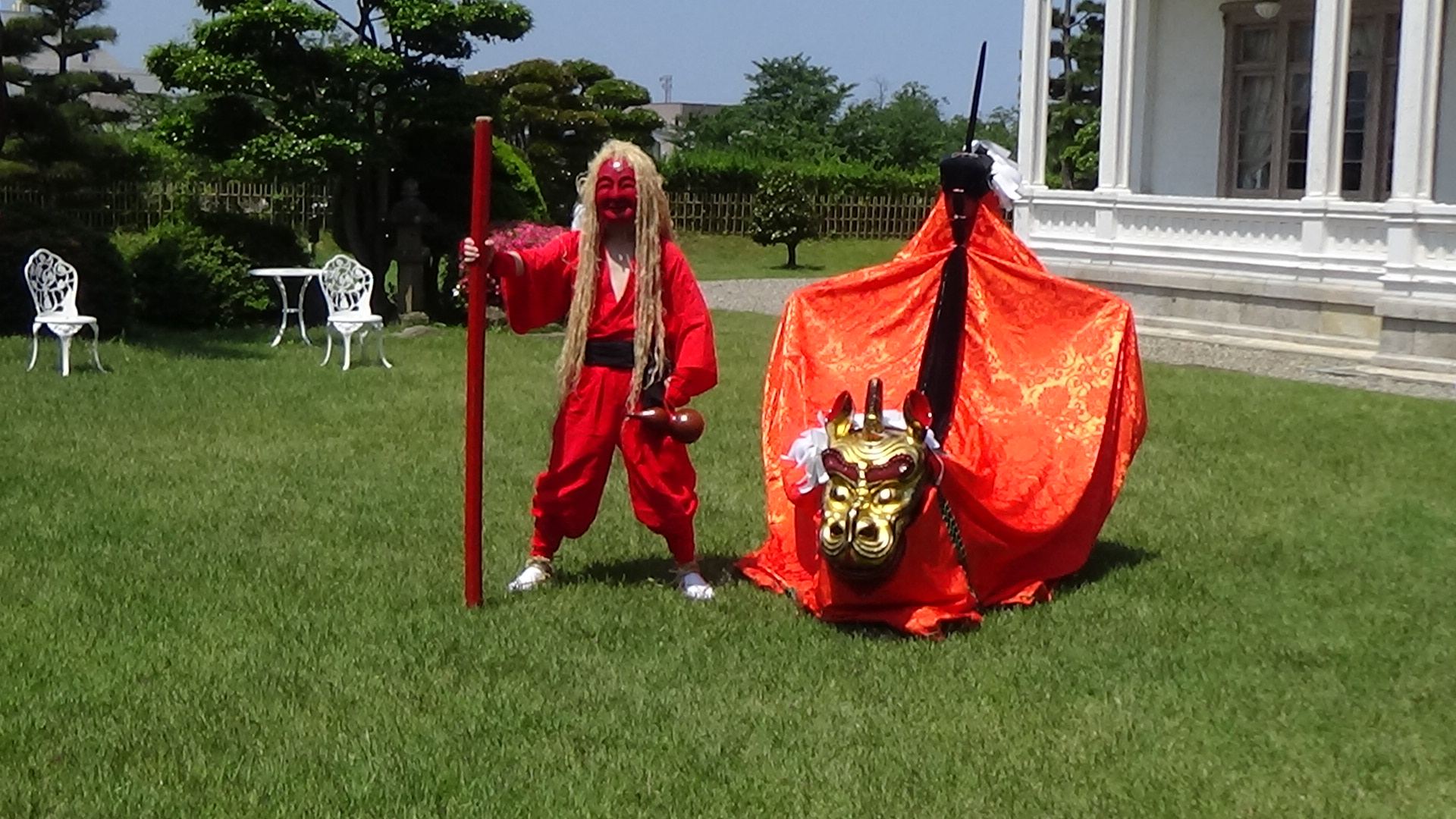
Kirin Jishi Mai
Last update
Tottori Prefecture Kansai
Designated by the Japanese government as an Important Intangible Folk Cultural Property.
Mysterious Lands and Mesmerizing Sceneries Created by the Wind Rising Over the Sea of Japan
Inaba and Tajima:The Lands Where the Sacred Beast Dances – The Kirin
A traditional dance performed to bring good health, handed down in the eastern part of Tottori Prefecture since the Edo Period. The Kirin Jishi, clad in bright red, brings good fortune to everyone it meets.
The Kirin Jishi Mai of Tottori Prefecture has spread to around 140 other areas ever since it was performed at the Tottori Toshogu Shrine during the Edo Period. The dance is not only performed as a spiritual offering during spring and fall festivals at various shrines, but is a deeply rooted part of local culture as can be seen in the Kiriinjishi sculptures dotting the area around JR Tottori Station. After experiencing this historic, traditional performance, why not visit the Tottori Castle Ruins, the Wakasa area, or stop by the Tottori Folk Crafts Museum, considered to be the sacred place of the prefecture’s folk art movement?
A performance of the Lion Dance reminiscent of the Kirin, a legendary animal worshipped as a symbol of peace in China. The Kirin Jishi Mai is performed in festivals held at Tottori Toshogu Shrine. This shrine was built by Ikeda Mitsunaka, the first Lord of Tottori.
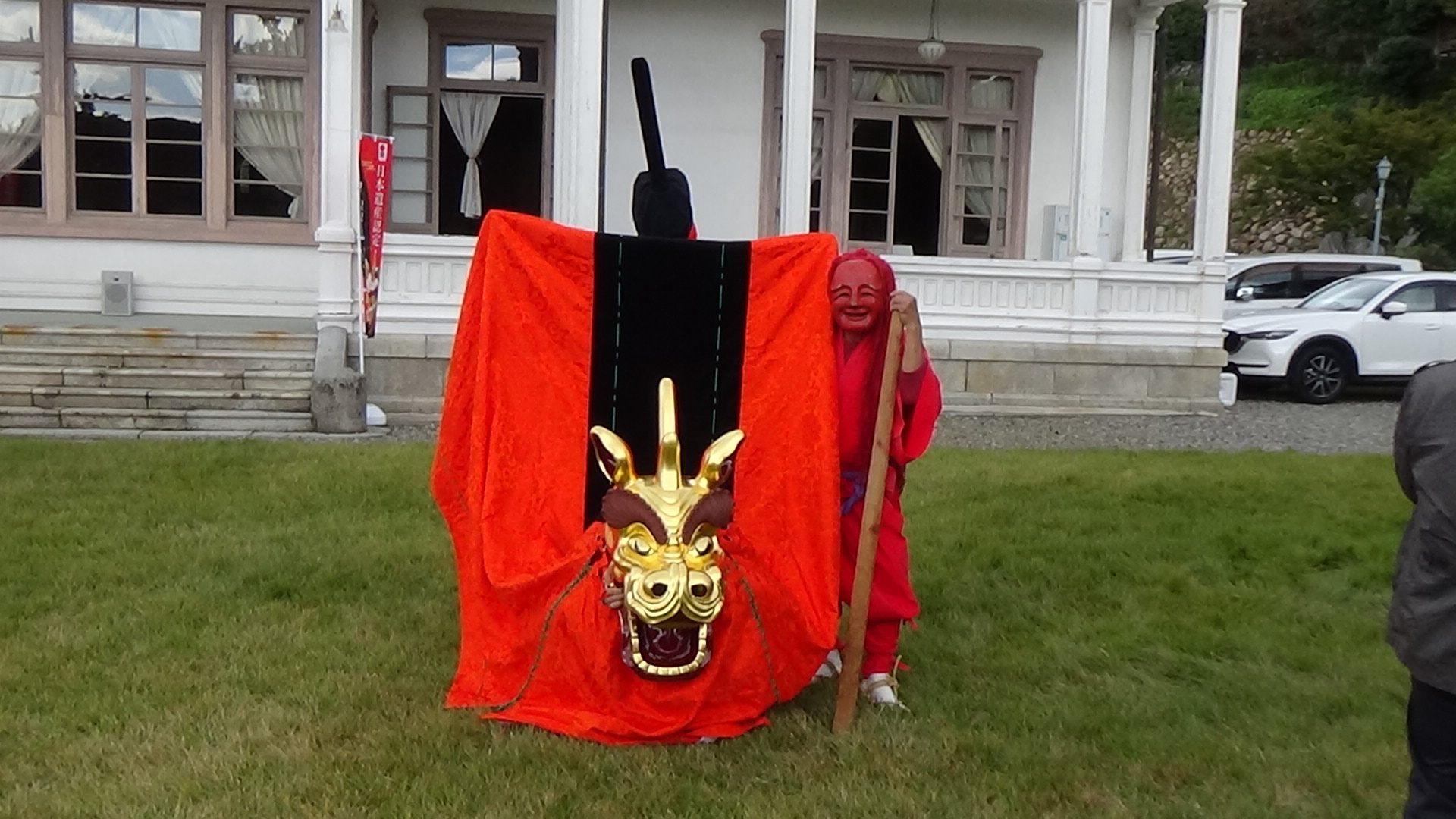
The two people in the body section of the Kirin move together in harmony during a slow dance. The Shojo with a red staff guides the Kirin.
The Kirin is a legendary animal from China revered as a symbol of peace and tranquility since ancient times. The Kirin Jishi dance, reminiscent of this imaginary animal, is performed as a traditional dance in the eastern region of Tottori Prefecture.
Tottori Toshogu Shrine was built in 1650 by Ikeda Mitsunaka, the first lord of Tottori. It is believed that the dance was first performed there in 1652 during a ceremony. Ever since then, it has spread to approximately 140 other areas as a ritual to bring forth good health and happiness. The dance is not only performed as a spiritual offering at spring and fall festivals in the Inaba area, but also on door-to-door visits to the homes of ujiko (shrine parishioners). The shojo, another imaginary animal mentioned in ancient Chinese records, takes the lead when performing the Kirin Jishi Mai. It is claimed that Mitsunaka incorporated the well-known shojo into the dance because he was a fan of Noh Theater.
The Kirin Jishi Mai is performed with undivided attention as dancers slowly move their heads. The dance is performed at various places, including Ube Shrine and Hijiri Shrine.
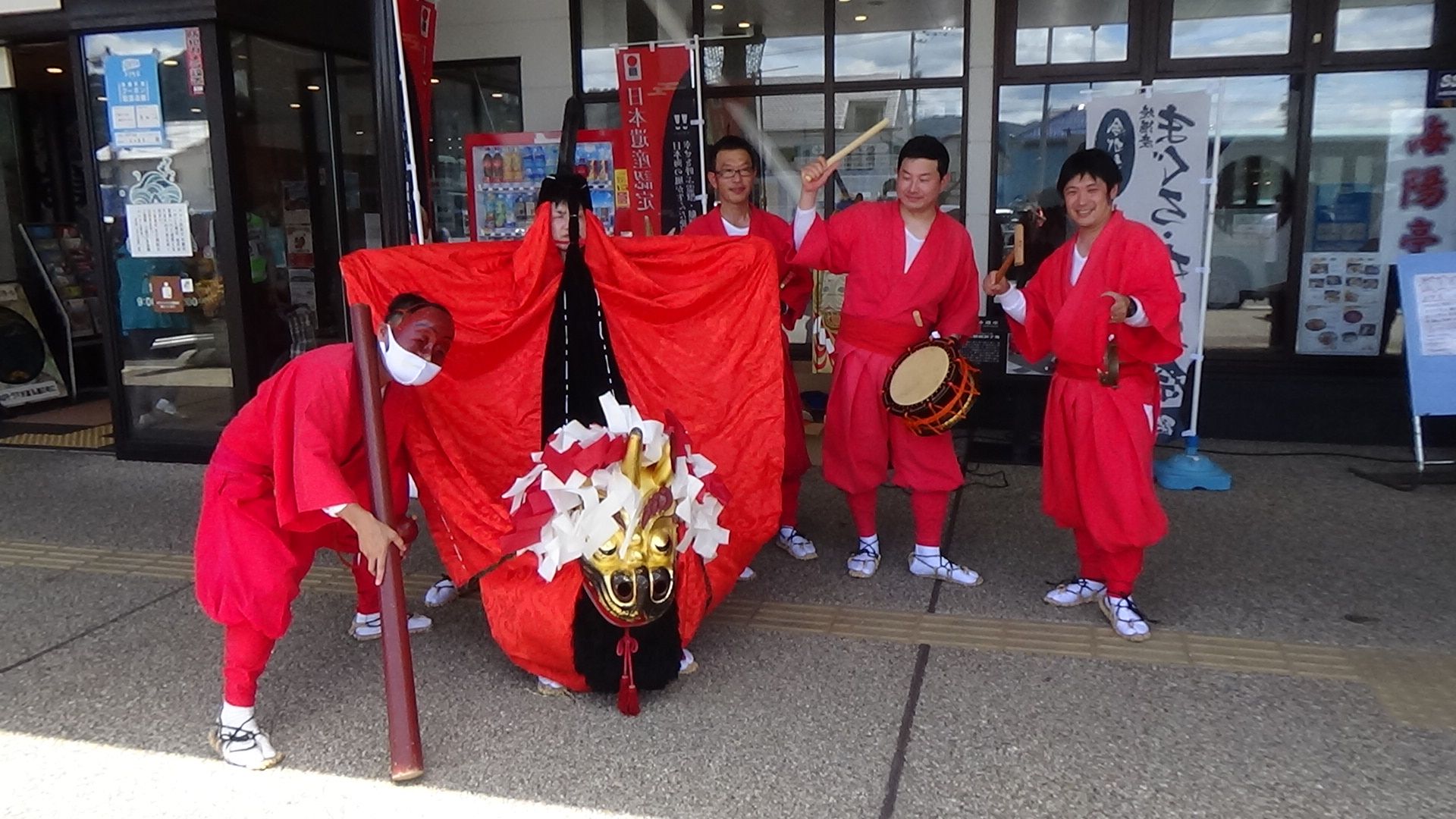
The Inaba Kirin Jishi Mai Association works to educate people about the dance to ensure that it is carried on by future generations.
The Kirin Jishi, wearing a lion’s head and bright red clothing, repeats a series of movements including slowly turning its head, moving along the ground as if crawling and reaching up high. The shojo carries a red staff and leads the Kirin Jishi while repeating a flowy dance, engaging in humorous scenes with the Kirin Jishi while spectators laugh.
Following the Meiji Period, the Kiriin Jishi dance phased out of the Tottori Toshogu Shrine where it was first performed while Ube Shrine inherited the performance and passed it on to other areas. The dance is performed at the April festival every year, while the lion heads, shojo masks and other important items are permanently displayed at the Sanshuden Assembly Hall on the shrine grounds. The dance is also performed every second May at Hijiri Shrine during a festival where many festival floats are brought out for the occasion.
The lion heads are also on display at the Inaba Manyo History Museum and the Loop Kirin Jishi Bus runs through Tottori City. Various Kirin Jishi sculptures dot the area surrounding Tottori Station and the magnificent Kirin Jishi Statue inside the Tottori Daimaru department store is a particularly popular photo spot.
In 2019 ’Mysterious Lands and Mesmerizing Sceneries Created by the Wind Rising Over the Sea of Japan/Inaba and Tajima:The Lands Where the Sacred Beast Dances – The Kirin‘ was certified as a Japan Heritage showing that the Kirin Jishi dance is deeply connected to the lives of locals.
From mountain castles to picturesque town sceneries, the eastern part of the prefecture is home to a variety of unique spots that can only be seen in Tottori. Be sure to stop by the renowned Tottori Folk Crafts Museum as the folk craft movement nears its 100th anniversary.
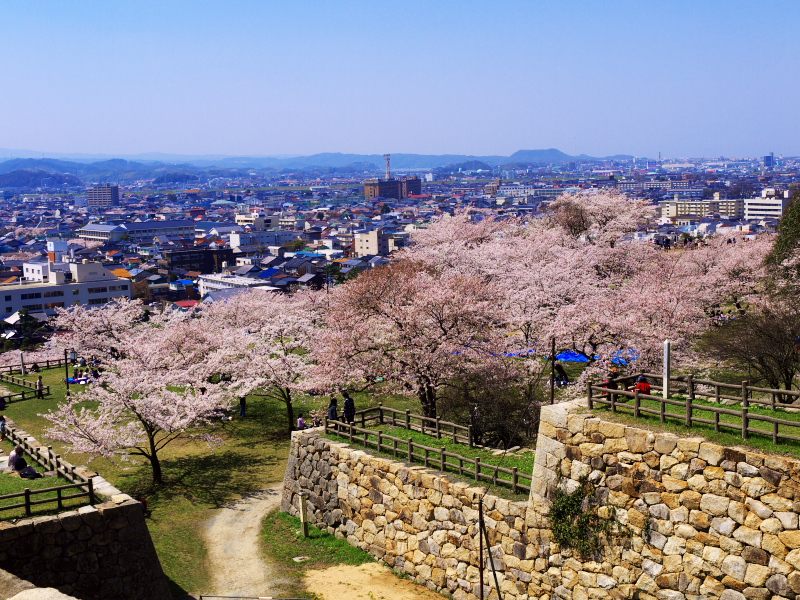
The 263m high Mt. Kyushozan, upon which Tottori Castle once stood. Its valuable relics of historical periods are not to be missed.
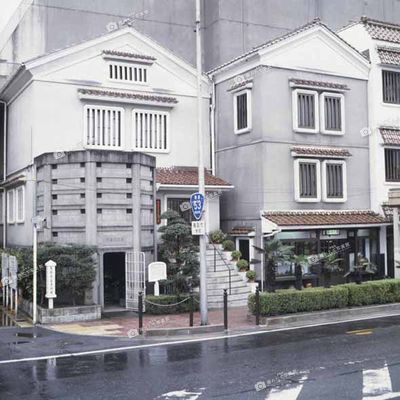
The stately mortar and plaster exterior of the Tottori Folk Crafts Museum. It is considered to be a sacred place of the folk art movement in Tottori Prefecture.
One of the best sightseeing spots in the eastern part of Tottori Prefecture is the Tottori Castle Ruins, where the tradition of Kirin Jishi Mai lives on. This mountain castle, chosen as the number one ‘Must Visit Mountain Castle’ (Rekishido Magazine, 2021) is home to as many relics of various periods that it could be called a ‘castle museum’. There is also a rare spherical stone wall and an outer citadel that overlooks the surrounding town.
The Wakasa area, selected by the Japanese government as an Important Preservation District of Historic Buildings in August 2021, is another spot definitely worth visiting. Here visitors can find precious cultural artifacts preserved by predecessors including townhouses, storehouses and the charming architecture of a mountain merchant town. Enjoy a relaxing walk while basking in the nostalgic vibe of the town.
The Tottori Folk Crafts Museum is another popular spot that is about to celebrate 100 years of activities in the folk craft movement. The art museum was established by Shoya Yoshida, a local Tottori City doctor known as the ‘Folk Craft Producer.’ Nearly 5000 valuable items are displayed in the storehouse-style building, with many works collected not only from Japan, but also from Korea, China and Western Europe. Near the museum, visitors can find stores selling folk craft souvenirs and restaurants with local delicacies.
Photos:The Inaba Kirin Jishi Mai Association/©Tottori Pref.
Check also...

Consider your accommodation in the Kansai area!

Restrictions on Large Baggage

Hidden Stories in Stone: Exploring Japan’s Castle Walls
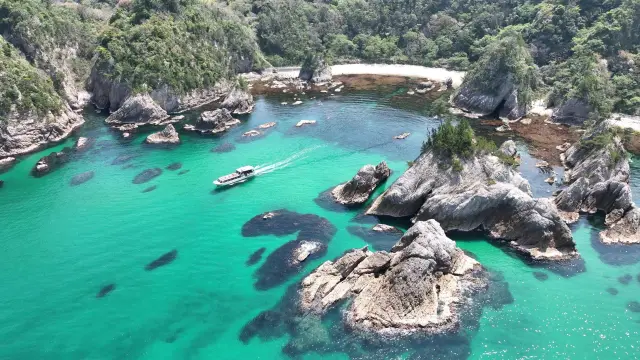
Tottori: A Journey to Unwind in the Majesty of Nature at San’in Kaigan Geopark
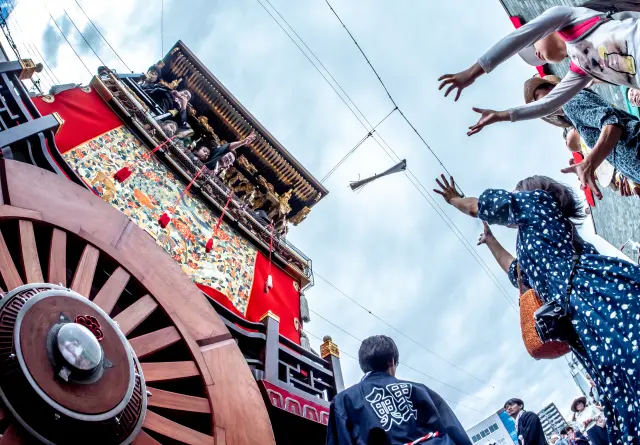
10 Traditional Performing Arts and Events in Kansai
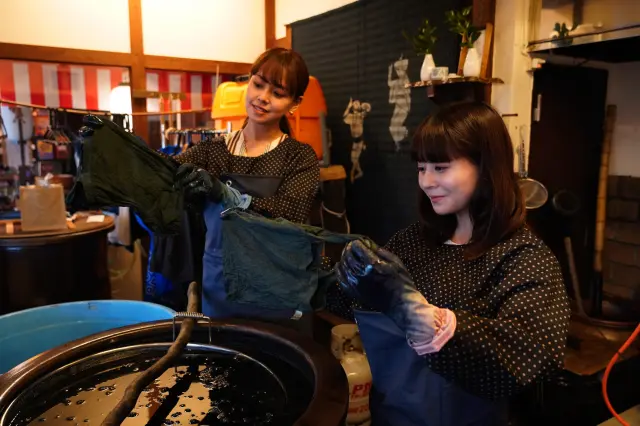
Top 10 Spots to Try Kansai's Traditional Crafts
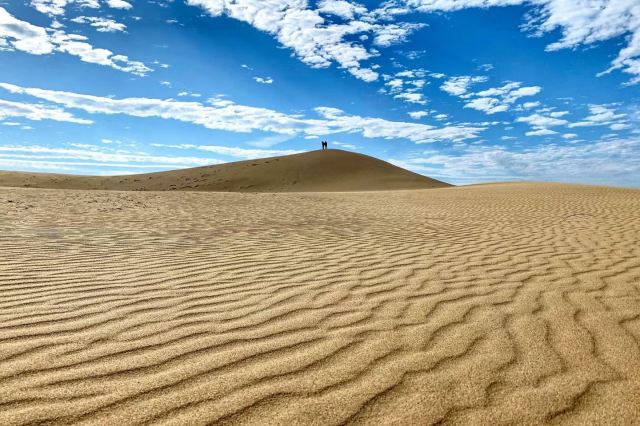
2-day/1-night Tour Embracing the Power of Nature with Views of the Sea and Sand Dunes, and Exploring Towns Enriched by the Blessings of Hot Springs(Tottori-Hyogo)
